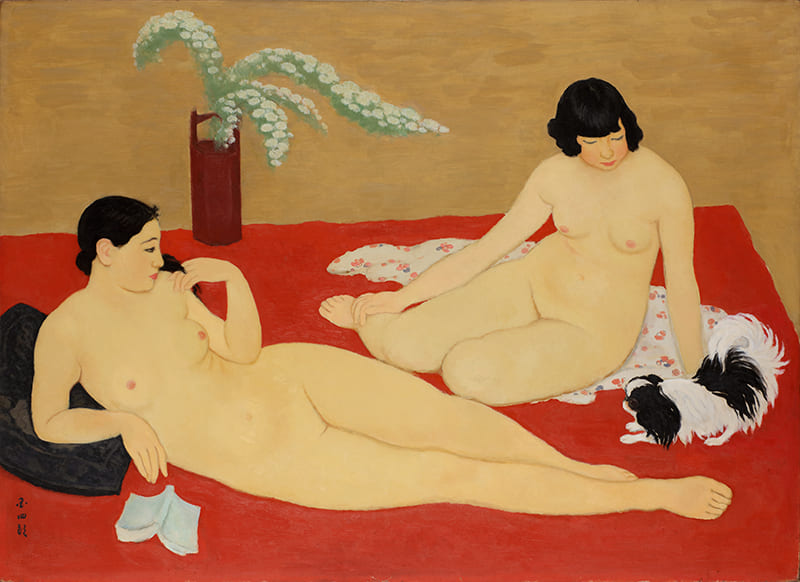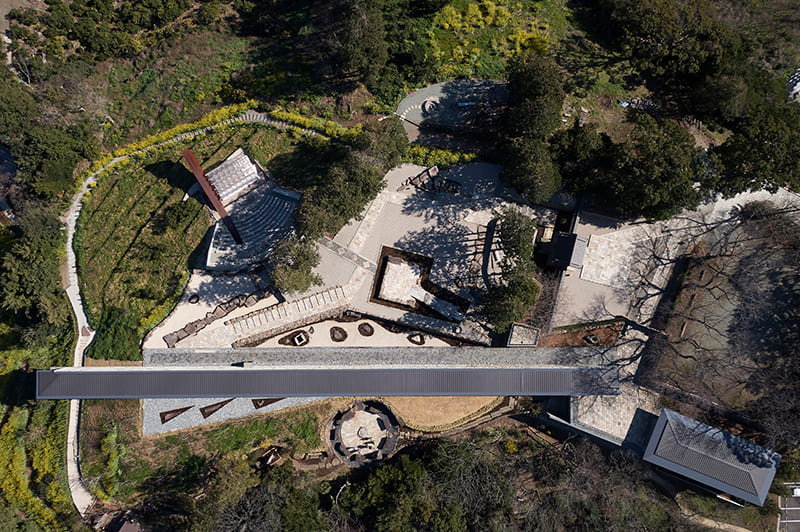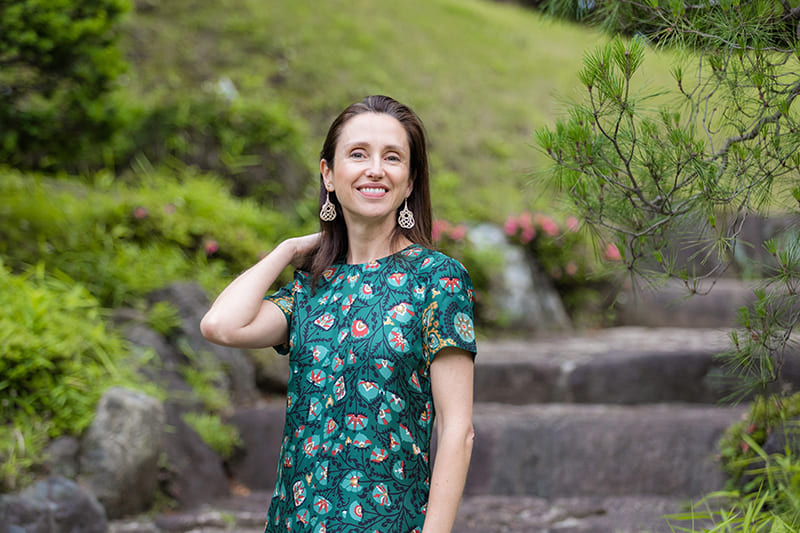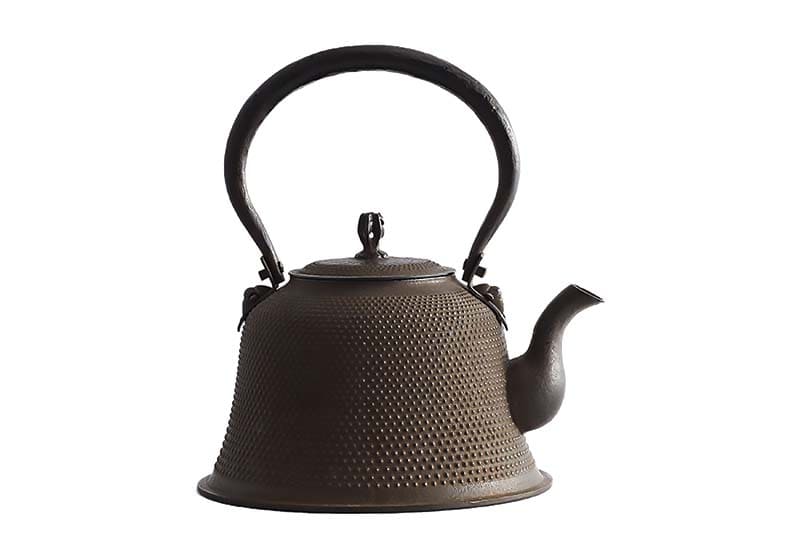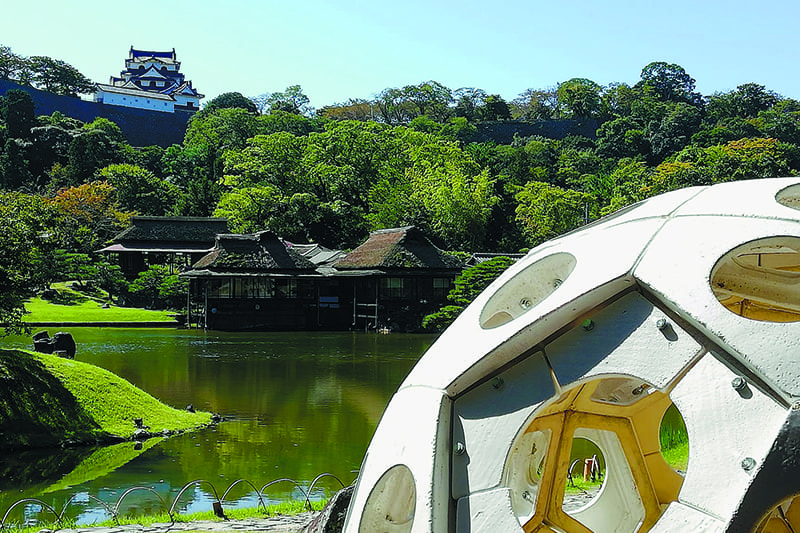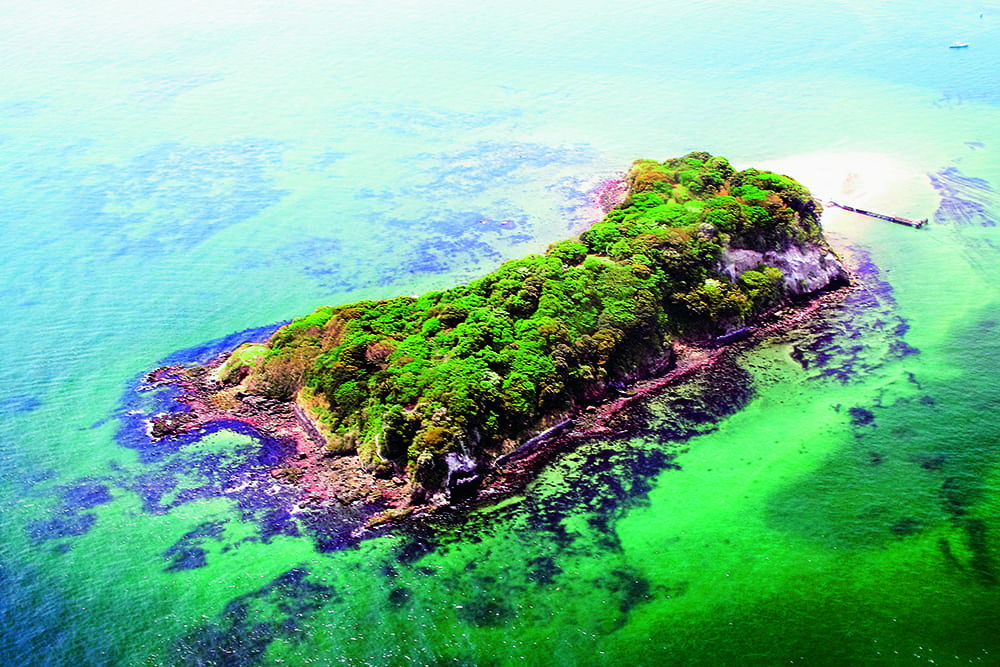May 27, 2022
Oita art museum blends nature, digital technology
KUNISAKI
Oita Prefecture is one of the regions of Japan where art-oriented community revitalization has taken hold. The art nonprofit Beppu Project, based in the world-famous hot spring city of Beppu, has presented numerous art festivals since the start of its activities in 2005. These include Beppu Contemporary Art Festival Mixed Bathing World (launched in 2009) and Beppu Art Month (held since 2010).
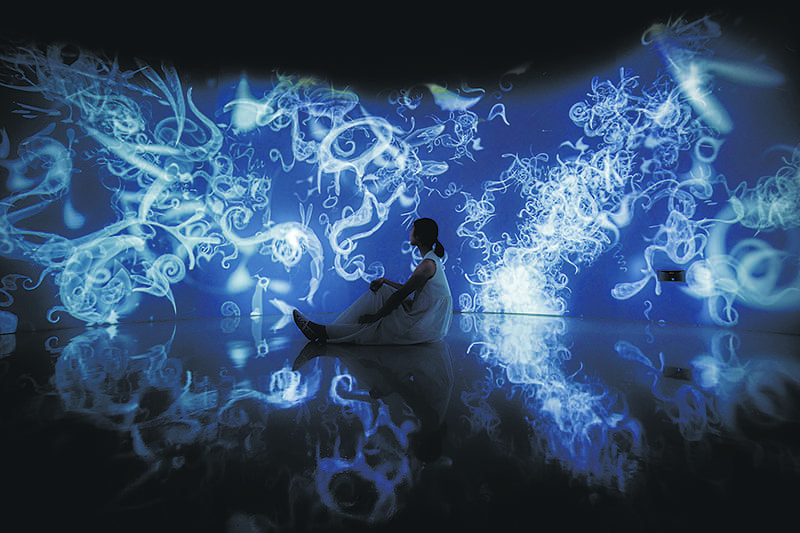
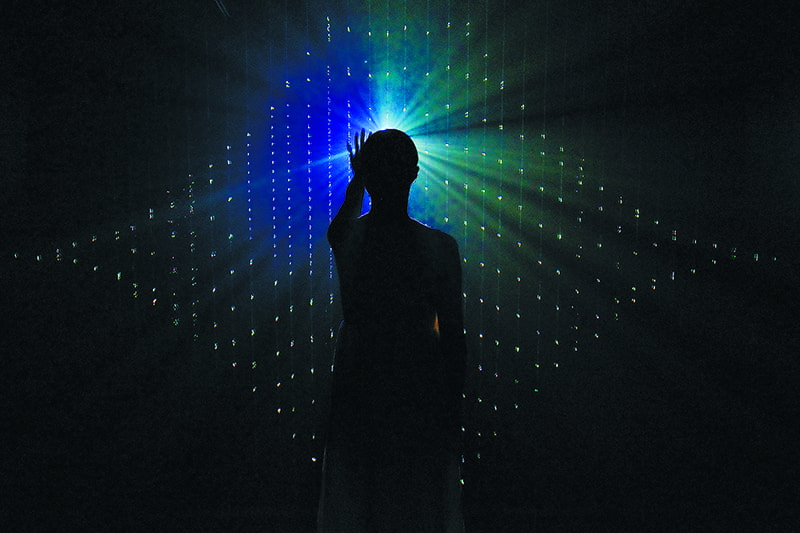
Art Museum of Nature and Human Non-Homogeneity
The museum was built in the Nagasakibana Resort campsite in 2020. It encourages us to rethink the fundamental relationship between humans and nature.
● 4060 Mime, Bungotakada-shi,Oita Prefecture, Nagasakibana Resort campsite
Tel: 0978-23-1860
Open hours: 10 a.m. – 5 p.m. (March – October) / 10 a.m. – 4 p.m. (November – February) / Closed on Thursday (March – October) / Tuesday, Wednesday, Thursday (November – February)
Admission: ¥700 (kids: ¥300)
http://nature-and-human.art
With the Kunisaki Art Festival (held from 2012 to 2014) as a starting point, Oita Prefecture’s Kunisaki Peninsula has been home to the creation of six art sites and a new tourism style that enables visitors to experience art while exploring nature-rich areas. Works by world-renowned artists including Yoko Ono and Choi Jeong Hwa were installed at the Nagasakibana Beach Resort campsite, on the northern tip of the Peninsula, and the location has become famous for flowers and art. Inspired by the long-established presence of art festivals in the area, the Art Museum of Nature and Human Non-Homogeneity was built at the Nagasakibana site in 2020. This oddly named museum encourages us to rethink the fundamental relationship between humans and nature. We spoke with Sadamu Fujioka of Anno Lab, the team behind the creation of the museum’s permanent installations.
“When I stayed in the place where the museum was to be built, first of all I was awed by the natural beauty. Nagasakibana is a peninsula jutting out to the land’s northernmost point, so you can see the sunrise and the sunset on the horizon from the same spot,” Fujioka said. “The sea and the forest are both nearby, too. The museum’s declared theme was digital art, but I thought it would be impossible to outdo the natural setting just by installing digital creations.”
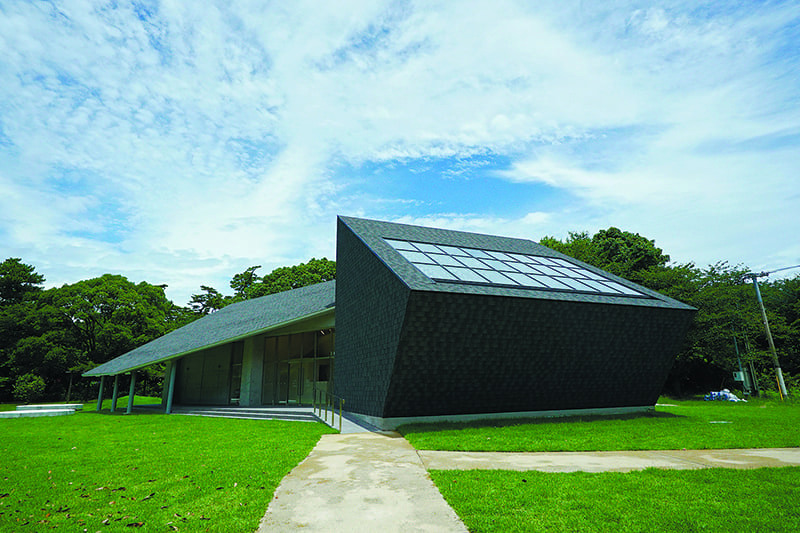
Fujioka and his colleagues then thought of making something that would reaffirm the beauty of nature through art, like a lens looking at nature from a different perspective. The result was the creation of works beautifully blending nature and digital technology.
The museum has three rooms. In the Sun and Moon Room, the position of a person entering the space is accurately detected with sensors, then the 288 small windows in the roof automatically open or close, and rays of sunlight stream in toward the visitor with pinpoint precision. The Sea Room uses unique fountains generating high-speed water droplets. Projection mapping is applied with precision to the falling drops, which seem to create animation within the space. In the Forest Room, animations are generated by algorithms using inputs about the wind outside and are projected in the cylindrical space. In each case, environmental information from the museum’s surroundings is analyzed and reflected in the production, resulting in an interactive work of art that changes from visit to visit.
This year saw the launch of “Stone Room,” a work of art in which stones outside the museum are treated as a medium. Coordinating with GPS, visitors walk around the area holding stones that vibrate. When they stand in certain places, voice recordings are played, telling stories connected to the sites. Fujioka said: “Kunisaki Peninsula is an area with a deeply rooted stone culture, including spiritual beliefs centered on giant stones. Using stone, an ancient documentation medium, I wanted to create a work tracing the memory of the land. The voice recordings were made through repeated workshops with people from the area.”
It is common to see works of art simply placed around an area, but this type of scene is not found on Kunisaki Peninsula. “If you can gain a deep understanding of a region’s culture and history and connect them with works of art to create a museum rooted in the area, the museum will surely convey the appeal of art and the beauty of nature more effectively,” said Fujioka. Inheriting and passing on regional culture, history and nature may truly be the role of art and of people.

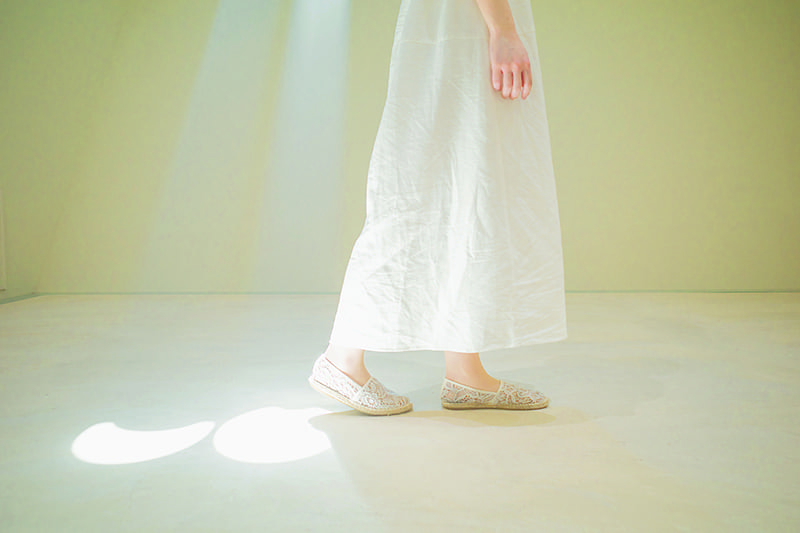
The Sun and Moon Room is designed so that sunlight streams in toward the visitor. The appearance of the room varies according to the day’s weather.
半島の自然とデジタルが融合する美術館
アートによる地域活性が根付いた土地のひとつが大分県だ。特に国東半島では、「国東半島芸術祭」を皮切りに、地域内に6つのアートスポットを設置し、自然豊かな土地を巡りながらアートに触れる新たな観光体験を創出してきた。芸術祭が根付いたこの地域で、国東半島の長崎鼻リゾートキャンプ場内に「不均質な自然と人の美術館」が2020年に誕生した。常設作品を手がけたanno labの藤岡定は次のように語る。
「美術館の建設予定地に滞在したとき、まず自然の美しさに圧倒されました。最初のテーマはデジタルアートだったのですが、ただデジタル作品を設置するだけでは、絶対にこの自然には勝てないと思ったんです」。
そこから自然とデジタルが美しく融合する作品が誕生した。部屋に入ると、屋根の288個の小窓が自動開閉し、精緻に検出された鑑賞者の位置にピンポイントで太陽の光が射し込む「太陽と月の部屋」のほか、館内は3つの部屋で構成されている。地域の文化と歴史、そして自然が融合するユニークな美術館となった。
Return to Sustainable Japan Magazine Vol. 12 article list page

